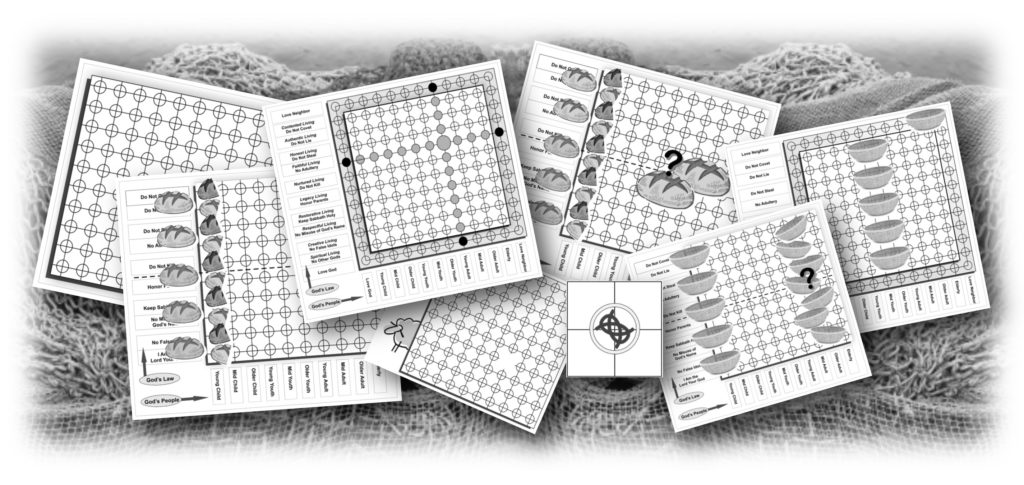THE NET: An Organizational Vision for the Church of Tomorrow
Note: Use the Contact Form to request a FREE PDF entitled, A LITTLE SCROLL and A LONG LOST KEY: Unlocking the Mystery of the Seven Thunders and its Message for Peoples, Nations, Languages, and Kings. This PDF includes the clock, the key, and the net.
Ebooks and Hard Copies
Synopsis
The Net is an organizational vision for the church of tomorrow based on scriptural evidence of the vision Jesus may have had for the church—a vision that the church of today does not reflect. Far from a dry approach to organizational issues, this book is both visionary and revelatory in nature. It is an essential perspective regarding organizational issues if we, as God’s fisher people, want to live out the words of Jesus’ parable: “The kingdom of heaven is like a net . . .” Matthew 13:47 NRSV.
Did the followers of Jesus know how to make nets? Did Jesus teach a net-making vision? Yes! And Scripture provides the necessary information to fulfill Jesus’ vision!
Part I of The Net is devoted to the process of discovery. Through a series of visual illustrations, an organizational model is retrieved from Jesus’ boyhood tradition of law and applied to the miracle feeding of the 5,000. Then, during a second feeding of 4,000, an important change to the traditional model is made through Jesus’ perspective on the law of Love. Hence, a new organizational vision is born through the teachings of Jesus – a vision of Law and Love. Part I also discusses organizational insight gained through some of the parables of Jesus, the opening words of Acts, and several visions in the book of Revelation.
Part II of The Net is devoted to the art of net-making as an organizational endeavor. Future net makers are encouraged to embrace the spiritual symbolism of a model rooted in Scripture. The concept of geographic netting is discussed, followed by ideas for constructing future nets. The concluding chapters of The Net invite all people to determine their spiritual willingness to become future net makers in the kingdom of God and to be aware of their own spiritual readiness to embark on the net-making vision.

A collage of some of the images featured in THE NET – An Organizational Vision for the Church of Tomorrow
